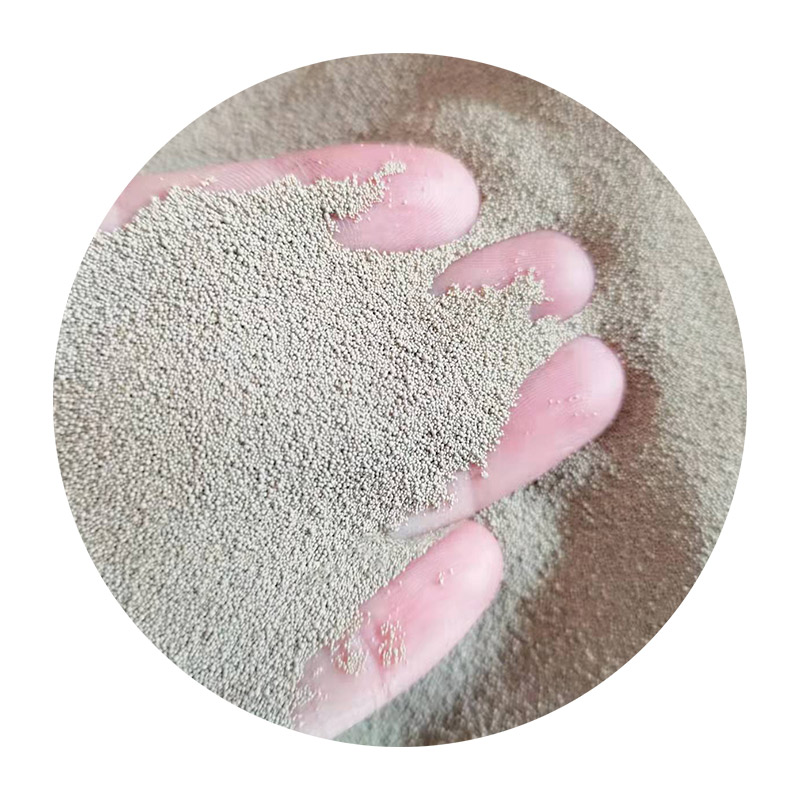Sanding 3D Resin Prints A Comprehensive Guide
3D printing has revolutionized the way we create prototypes and finished products, offering a level of precision and customization previously unimaginable. Resin printing, in particular, provides incredible detail and smooth finishes compared to traditional filament-based methods. However, achieving a flawless surface finish often requires some post-processing, and one of the most effective techniques for enhancing the appearance of resin prints is sanding. In this article, we will explore the importance of sanding, the techniques involved, and tips for achieving the best results.
Why Sanding is Necessary
While resin prints produce high-resolution outcomes, they can still exhibit imperfections such as layer lines, support marks, and other surface irregularities. Sanding serves as an essential post-processing step to improve the overall aesthetics of your print. It smoothens out surface textures, rounds off sharp edges, and prepares the print for painting or additional finishing. Without sanding, even the most meticulously crafted designs can appear less professional or visually appealing.
Tools and Materials for Sanding
Before diving into the sanding process, it’s crucial to gather the appropriate tools and materials 1. Sandpaper Different grits serve varied purposes; lower grits (around 60-120) are suitable for heavy material removal, while higher grits (180-400) are ideal for achieving a smooth finish. 2. Sanding Sponges or Blocks These tools help maintain an even surface area and are especially useful for curved or detailed sections. 3. Protective Gear Always wear a mask and goggles to protect yourself from dust and debris generated during sanding. 4. Finishing Products Depending on your desired finish, you may want to use a clear coat or primer after sanding for additional aesthetic appeal.
Sanding Techniques
1. Initial Assessment Before beginning the sanding process, carefully inspect your print. Identify the areas that require the most attention, such as rough spots or layer lines.
2. Start with Coarse Grit Begin sanding with a coarse grit sandpaper to quickly remove any major imperfections. Sand in a circular motion and apply even pressure. Do not linger too long in one spot to avoid creating uneven surfaces.
sanding 3d resin prints

3. Progress to Finer Grit Once the major flaws are addressed, move to a medium grit sandpaper (around 150-220). This will help eliminate scratches left by the coarse grit. Follow the same circular motion technique, ensuring uniform coverage.
4. Final Smoothing Finish with a fine grit (320-400) to achieve a smooth surface. At this stage, you can switch to sanding sponges for areas that require more delicate treatment.
5. Inspect Frequently After each sanding stage, take a moment to inspect your work under good lighting. This helps you gauge progress and ensure desired results.
Additional Tips
- Wet Sanding For an even smoother finish, consider wet sanding. Dampen the sandpaper or sponge and sand under running water. This method minimizes dust and helps achieve a glass-like finish. - Patience is Key Rushing through the sanding process can lead to a subpar finish. Take your time and work methodically.
- Avoid Over-Sanding Be cautious of sanding too much in one area, which can lead to uneven surfaces or the loss of detail. Aim for even pressure across the surface.
Conclusion
Sanding 3D resin prints is a crucial step in the post-processing workflow, enabling creators to refine their prints and achieve professional-looking results. By using the right tools, techniques, and approaches, you can significantly enhance the quality of your finished products. Whether you are preparing a model for display or a functional component for a project, effective sanding practices will ensure your resin prints meet and exceed expectations. Happy printing and sanding!
Post time:Spa . 09, 2024 08:14
Next:Optimizing Resin and Sand Mixtures for Enhanced Performance in Construction Applications
